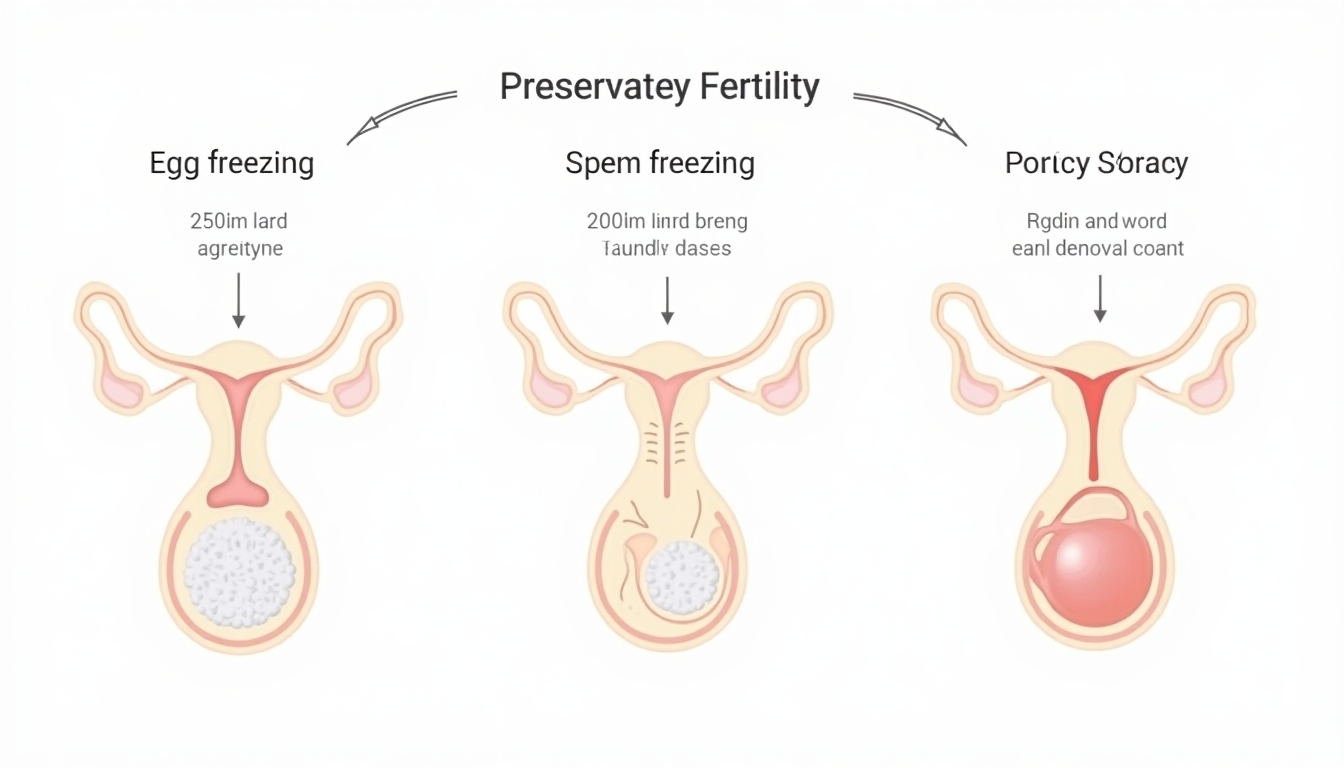Insurance Coverage for Fertility Preservation in Transgender Patients
Dec. 25, 2024, 5:05 p.m.
Understanding Insurance Coverage for Fertility Preservation in Transgender Patients
Navigating insurance coverage for fertility preservation in transgender patients can be a complex process, filled with hope and challenges. This guide aims to simplify and illuminate options available to you.
Transitioning is a significant decision in the life of a transgender individual, and preserving the ability to have biological children in the future is a vital consideration. Unfortunately, insurance coverage can vary widely, and understanding your rights and options is crucial.

Why Fertility Preservation is Important
Fertility preservation for transgender individuals is essential. Transition-related treatments such as hormone therapy can affect fertility, making it challenging for transgender people to conceive later in life. Options like egg, sperm, or embryo freezing provide hope for future family building.
Fertility Preservation Options
- Egg and Sperm Freezing: Transgender women may choose to freeze sperm before starting estrogen therapy, while transgender men often consider egg freezing before testosterone therapy.
- Embryo Freezing: Couples or individuals who wish to create embryos from their eggs or sperm and a partner or donor.
- Ovarian or Testicular Tissue Freezing: An experimental option that involves freezing tissues for future use.

Insurance Coverage Challenges
Many insurance companies have traditional views on infertility and reproductive care, which often don't include coverage for fertility preservation when not related to a medical cause like cancer.
Navigating Insurance Policies
Understanding the insurance policy language is key: - Check your policy's definition of infertility. This is where coverage details often lie hidden. Does it explicitly exclude procedures for those undergoing gender reassignment? - State Mandates: Some states require insurers to cover fertility preservation if it’s deemed medically necessary. Others may not, making the state you live in a critical factor in insurance support.
Fertility preservation is often covered if medically necessary (for instance, due to gender-affirming surgeries), but not universally for transgender patients.

Real Experiences from the Community
Alex's Journey: Alex, a transgender man from California, found researching state laws and insurer policies crucial in securing partial coverage for egg freezing. He stressed the importance of documentation from healthcare providers to demonstrate medical necessity.
A Path to Advocacy: Steps You Can Take
- Educate Yourself: Research your healthcare provider, state's laws, and insurer's policies.
- Document Everything: Keep records of medical recommendations and develop a detailed paper trail.
- Advocate: Speak with your employer’s HR department about inclusive coverage or consider public advocacy to prompt policy changes.
- Seek Legal Assistance or Support Groups: Organizations like Lambda Legal offer guidance and support.

Moving Forward: What You Can Do Today
- Consult with a Fertility Specialist: Some clinics have financial advisors who specialize in parsing insurance details and exploring financial aid.
- Join Transgender Support Groups: Connect with others who’ve navigated or are currently navigating similar challenges.
- Stay Informed: Healthcare is an ever-evolving field—what isn’t covered today might be tomorrow.
Conclusion
While a challenging journey, understanding and leveraging insurance coverage for fertility preservation can secure the possibility of a biological family in the future. By staying informed and advocating for rights, transgender individuals can find viable paths to building the family they dream of.

Recommended Readings
- Understanding State Laws on Fertility Treatments
- Transgender Health: Navigating Healthcare Systems
- Balancing Family Planning and Transitioning: A Transgender Guide
These resources provide valuable insights and support on your pathway to fertility preservation and family building.